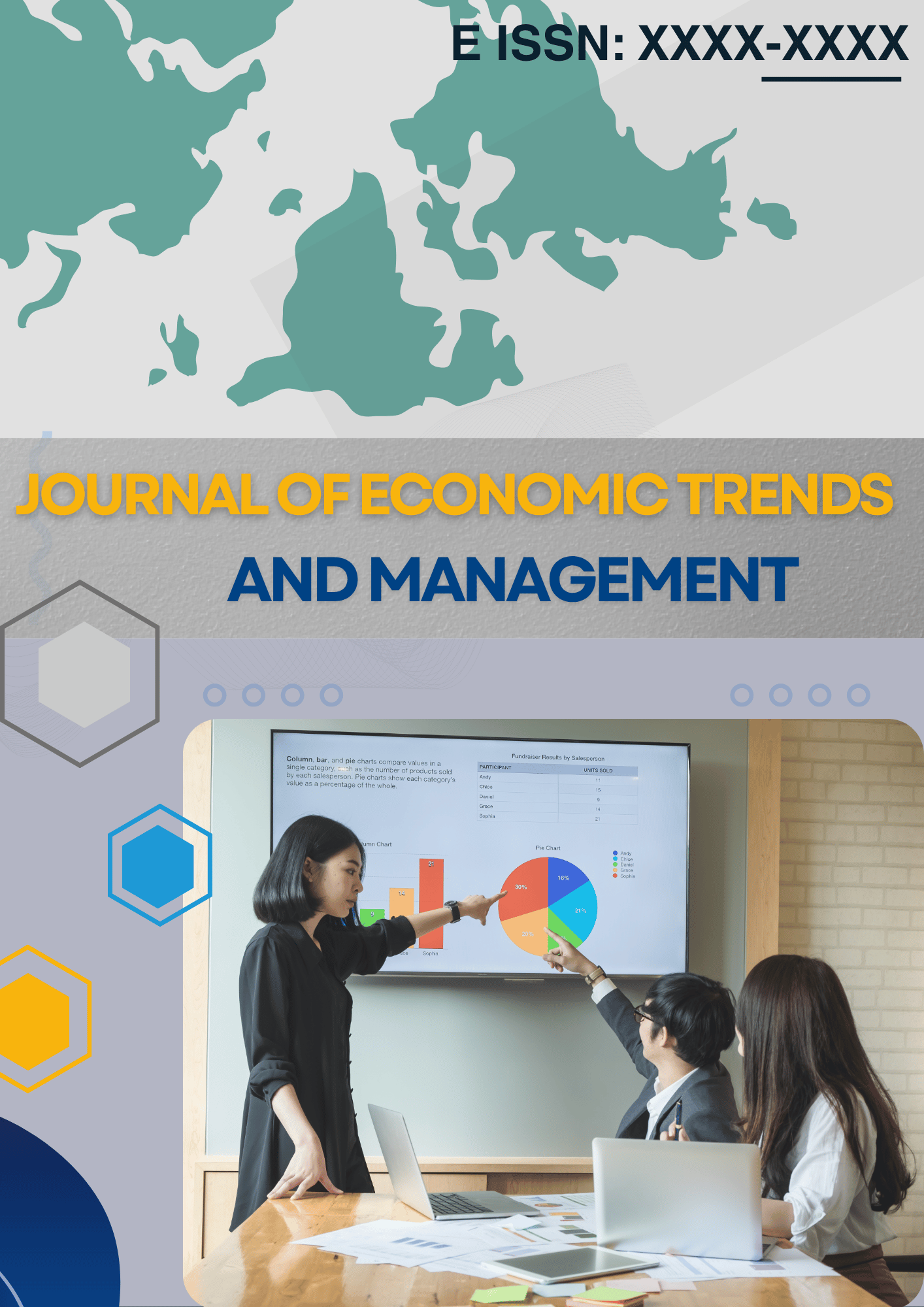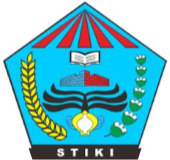The Impact of Human Resource Management on Organizational Performance in Manufacturing Companies in West Java
Keywords:
Human Resource Management, Organizational Performance, Employee EngagementAbstract
Purpose: This study explores the relationship between Human Resource Management (HRM) practices and organizational performance in manufacturing companies in West Java, Indonesia.
Subjects and Methods: Specifically, it examines how recruitment, training and development, performance management, and employee engagement practices impact the overall performance of organizations. A quantitative research design was employed, with data collected from 150 employees across various manufacturing firms in the region.
Results: The results reveal that HRM practices, particularly employee engagement, training and development, and performance management, have a significant and positive effect on organizational performance. Employee engagement was identified as the most influential HRM practice, followed by training and development.
Conclusions: The study concludes that organizations in West Java can improve their performance by strategically implementing HRM practices that foster employee involvement, skill development, and effective performance management. These findings contribute to the resource-based view of HRM, which emphasizes the role of human capital in achieving competitive advantage and organizational success.
References
Aguinis, H. (2009). Performance management. Pearson Prentice Hall.
Arthur, J. B., Bennett, W., Edens, P. S., & Bell, S. T. (2003). Cognitive ability and performance in organizations: A meta-analysis of the criterion-related validity of assessment methods. Journal of Applied Psychology, 88(2), 227–234. https://doi.org/10.1037/0021-9010.88.2.227
Barney, J. B. (1991). Firm resources and sustained competitive advantage. Journal of Management, 17(1), 99-120. https://doi.org/10.1177/014920639101700108
Boudreau, J. W., & Ramstad, P. M. (2005). Talentship and the new paradigm for human resource management. Journal of Organizational Behavior, 26(3), 115-136. https://doi.org/10.1002/job.301
Boxall, P., & Purcell, J. (2016). Strategy and human resource management (4th ed.). Palgrave Macmillan.
Collins, C. J., & Stevens, C. K. (2002). The relationship between early recruitment-related activities and the application decisions of new labor-market entrants: A brand equity approach to recruitment. Journal of Applied Psychology, 87(6), 1121-1133. https://doi.org/10.1037//0021-9010.87.6.1121
Garavan, T. N., Costine, M., & Heraty, M. (2016). Training and development in Ireland: Contexts, institutional structures, and perspectives. Advances in Human Resource Management and Organizational Development, 35(2), 231-245. https://doi.org/10.1177/2158244016632954
Guest, D. E. (2017). Human resource management and performance: A review and research agenda. International Journal of Human Resource Management, 28(1), 74-95. https://doi.org/10.1080/09585192.2016.1230437
Hassan, A., & Anwar, S. (2018). The role of human resource management in enhancing organizational performance: Evidence from Indonesia. Journal of Management Development, 37(7), 575-589. https://doi.org/10.1108/JMD-01-2018-0011
Kaufman, B. E. (2015). Theoretical perspectives on work and the labor market. Industrial Relations Research Association.
Kristof-Brown, A. L., Zimmerman, R. D., & Johnson, E. C. (2005). Consequences of individuals’ fit at work: A meta-analysis of person-job, person-organization, person-group, and person-supervisor fit. Personnel Psychology, 58(2), 281-342. https://doi.org/10.1111/j.1744-6570.2005.00672.x
Lepak, D. P., & Shaw, J. D. (2008). Strategic HRM: A research overview and future prospects. Personnel and Human Resource Management, 27(3), 287-319. https://doi.org/10.1002/hrm.20267
Macey, W. H., & Schneider, B. (2008). The meaning of employee engagement. Industrial Relations Research Association, 61, 3-28. https://doi.org/10.1177/031573180807600302
Nishii, L. H., Lepak, D. P., & Schneider, B. (2008). Employee attributions of the “why” of HR practices: Their effects on employee attitudes and behaviors, and customer satisfaction. Personnel Psychology, 61(3), 405-440. https://doi.org/10.1111/j.1744-6570.2008.00115.x
O’Neill, D. S., & Adya, M. (2007). Building a performance-driven organization: The impact of human resource management practices. Journal of Business Research, 60(5), 589-601. https://doi.org/10.1016/j.jbusres.2007.05.002
Prasetyo, A. R., Widodo, W. A., & Wahyudi, S. (2017). Exploring the challenges in human resource management in Indonesia's manufacturing industry. Asian Journal of Business and Management, 5(2), 50-58. https://doi.org/10.24924/ajbm/2017/v5.iss2/50.58
Sihombing, A., & Aritonang, S. (2019). Human resource management practices and organizational outcomes in Indonesian manufacturing firms. Journal of Applied Business Research, 35(1), 17-29. https://doi.org/10.19030/jabr.v35i1.10256
Wright, P. M., & Boswell, W. R. (2002). Desegregating HRM: A review and synthesis of the literature on HRM and organizational performance. International Journal of Human Resource Management, 13(1), 22-47. https://doi.org/10.1080/09585190110108471
Downloads
Published
Issue
Section
License
Copyright (c) 2024 Journal of Ecotrends and Management

This work is licensed under a Creative Commons Attribution-ShareAlike 4.0 International License.





